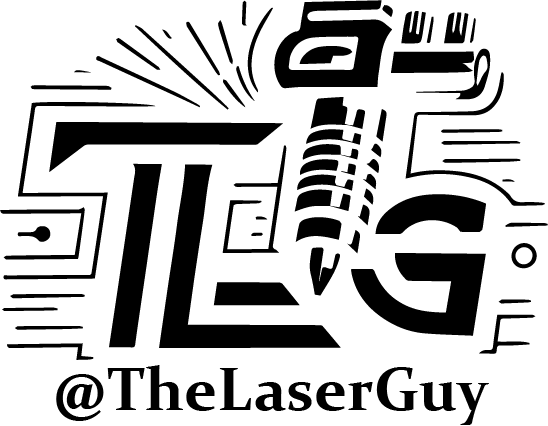Exploring the Different Types of 3D Printing

3D printing has revolutionized the way we think about manufacturing and production. With the ability to quickly and easily create complex objects, 3D printing has opened up a world of possibilities for designers, engineers, and hobbyists alike. But with so many different types of 3D printing available, it can be hard to know which one is right for your needs. In this article, we’ll take a look at some of the most common types of 3D printing and their unique benefits.
- Fused Deposition Modeling (FDM) Fused Deposition Modeling, or FDM, is one of the most popular types of 3D printing. FDM works by melting a plastic filament and extruding it through a nozzle to create a three-dimensional object layer by layer. This method is known for its low cost and ease of use, making it a popular choice for beginners and hobbyists. FDM is often used to create prototypes, toys, and other small objects.
- Stereolithography (SLA) Stereolithography, or SLA, is a 3D printing process that uses a liquid resin that is cured by a laser or other light source to create a solid object. This process is known for its high level of detail and accuracy, making it a popular choice for creating intricate designs and parts for engineering and manufacturing. SLA is often used to create dental and medical implants, jewelry, and other small parts.
- Selective Laser Sintering (SLS) Selective Laser Sintering, or SLS, is a 3D printing process that uses a laser to sinter powdered materials, such as metal or plastic, into a solid object. SLS is known for its high accuracy and ability to create complex shapes and designs. This method is often used for prototyping and manufacturing in the aerospace and automotive industries.
- Digital Light Processing (DLP) Digital Light Processing, or DLP, is a 3D printing process that uses a projector to cure a liquid resin into a solid object. DLP is similar to SLA in that it uses a liquid resin, but it is faster and can create larger objects. This method is often used in the dental and jewelry industries.
- Binder Jetting Binder Jetting is a 3D printing process that uses a liquid binding agent to bind layers of powder together to create a solid object. This method is often used to create large-scale objects and prototypes, such as architectural models and parts for the automotive industry.
No matter which type of 3D printing you choose, each has its unique benefits and drawbacks. By understanding the differences between these various methods, you can make an informed decision and choose the one that best suits your needs. With the ability to quickly and easily create complex objects, 3D printing is sure to continue revolutionizing the manufacturing industry for years to come.




